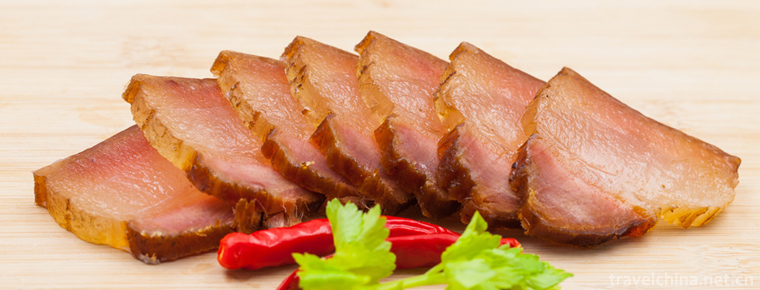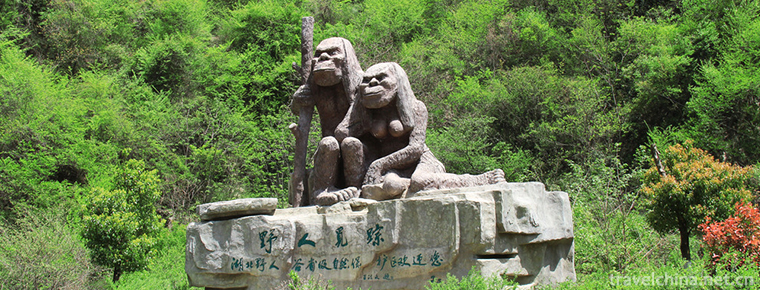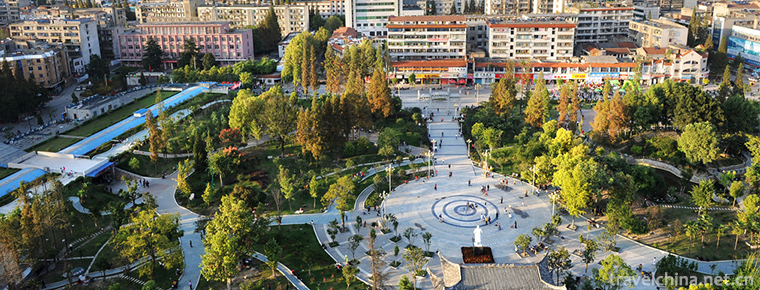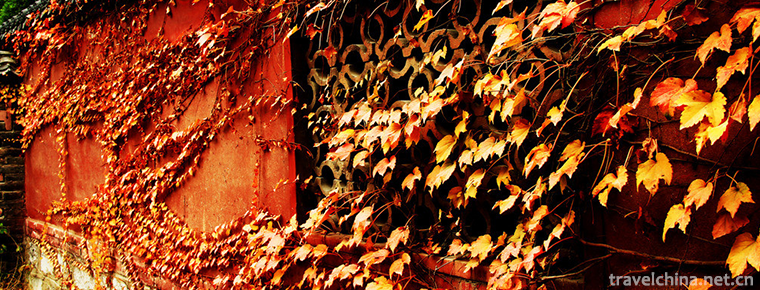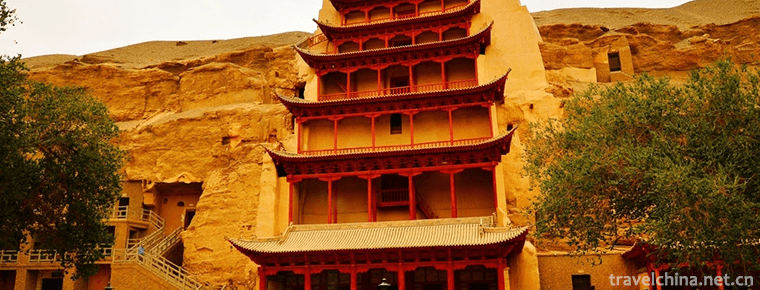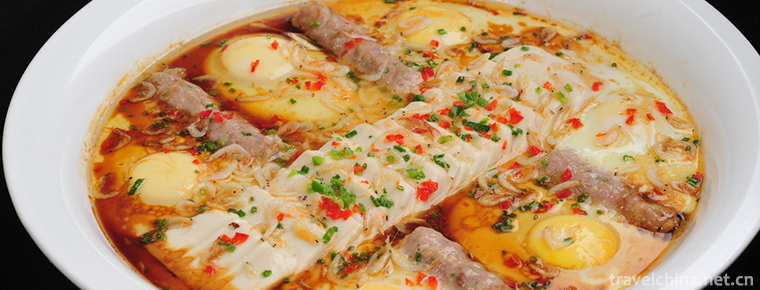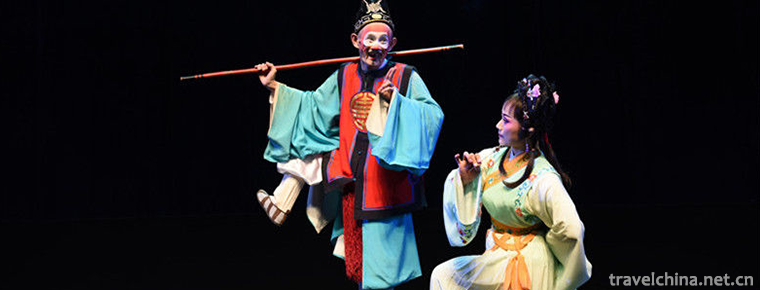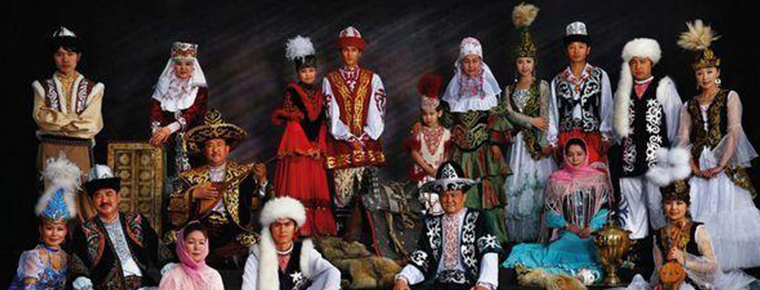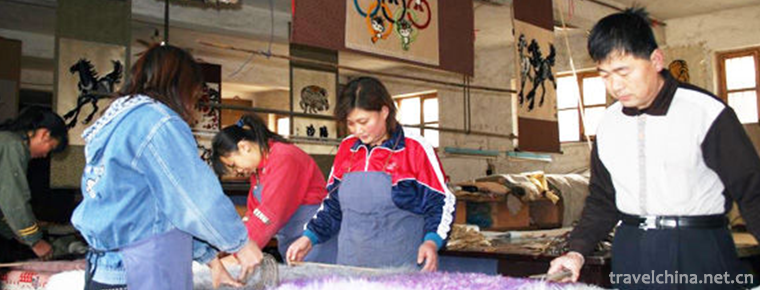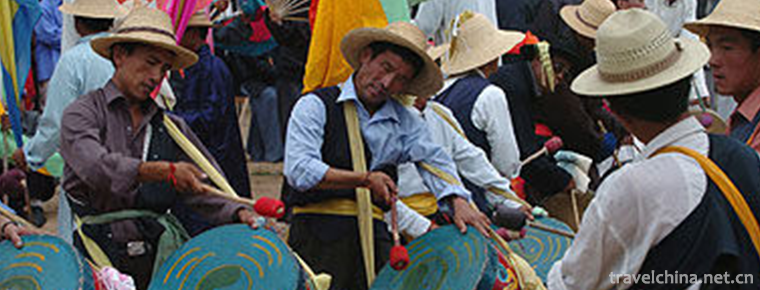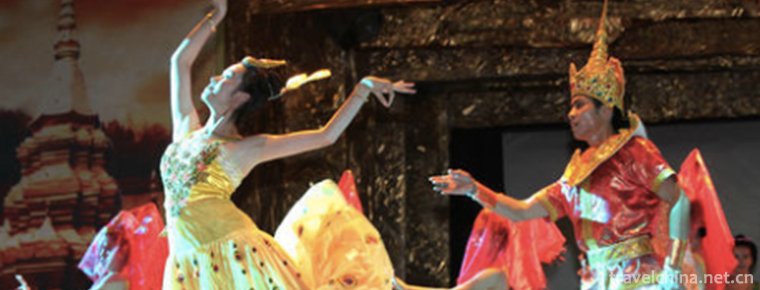Salt drying Techniques
Salt drying Techniques
Salt-drying process is a special kind of handicraft technology. Its existing form is different from the general intangible culture. Its products are closely related to people's daily life and industrial production. It uses sea water as its basic material, and uses beach and saline mud (or artificial doped lime soil), combined with solar and wind evaporation, through manual work such as sprinkling, sprinkling, etc., to make brine, and then through natural crystallization such as frying or sunshine, wind energy, etc., to form original salt. There are more than 10 steps in the whole process, which are operated by hand, but contain abundant scientific and technological genes. It is a intangible cultural heritage of historical and cultural value.
In 2009, the Millennium Ancient Salt Field was listed as a cultural relic protection unit in Tibet Autonomous Region, and its well salt drying skills were listed in the second batch of national intangible cultural heritage list.
There are disputes over the declaration of this skill in many places.
Salt-drying process is a special kind of handicraft technology. Its existing form is different from the general intangible culture. Its products are closely related to people's daily life and industrial production. It uses sea water as its basic material, and uses beach and saline mud (or artificial doped lime soil), combined with solar and wind evaporation, through manual work such as sprinkling, sprinkling, etc., to make brine, and then through natural crystallization such as frying or sunshine, wind energy, etc., to form original salt. There are more than 10 steps in the whole process, which are operated by hand, but contain abundant scientific and technological genes. It is a intangible cultural heritage of historical and cultural value.

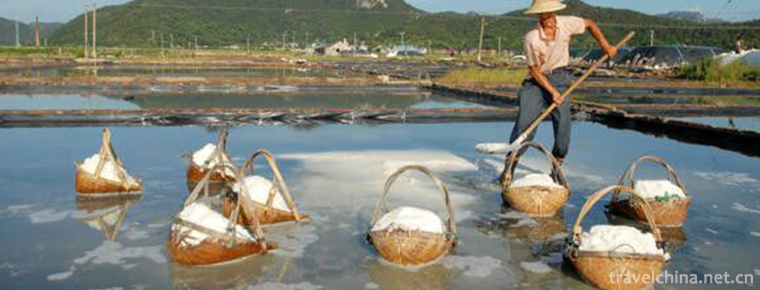
-
Chinese bacon
Bacon refers to processed meat processed by salting and then baked....
Views: 157 Time 2018-10-12 -
Shennongjia Forestry DistrictHubei Shennongjia
Shennongjia Forest District, referred to as Shennongjia for short, was established in 1970 with the approval of the State Council and directly under the jurisdiction of Hubei Province. .
Views: 234 Time 2018-10-28 -
Zhongshan Park
Zhongshan Park is located in the south of the Forbidden City (Palace Museum) in the center of Beijing, west of Tian'anmen, and separated from the Palace Museum..
Views: 117 Time 2018-12-22 -
Liao Zhai City
Liaozhai City was invested and built by Pujiazhuang, Zichuan. It is a large-scale famous garden scenic area with gardens as its manifestation and Liaozhai stories as its theme.
Views: 151 Time 2019-01-30 -
Mogao Grottoes
Mogao Grottoes, commonly known as Thousand Buddha Caves, are located in Dunhuang at the western end of Hexi Corridor. It was built in the pre-Qin period of the Sixteen Kingdoms..
Views: 245 Time 2019-02-07 -
Bagongshan bean curd
Bagongshan Tofu, also known as Four Seasons Tofu, is a local traditional snack in Huainan City, Anhui Province. Bagongshan tofu is crystal clear, white like jade board, tender like congealed fat, deli.
Views: 164 Time 2019-03-27 -
Gao Jia Opera
Gaojia Opera, a local traditional drama in Quanzhou City, Fujian Province, is one of the national intangible cultural heritage..
Views: 151 Time 2019-04-30 -
Kazakh medicine
Since the pre-Qin Dynasty, the Kazakh people have multiplied and lived in the vast grasslands and some agricultural areas in Northwest China. They have accumulated rich medical experience in productio.
Views: 390 Time 2019-05-02 -
Huangmei Opera
Huangmei Opera, formerly known as Huangmei Diao and Tea Picking Opera, originated from Huangmei Opera in Hubei Province and grew stronger than Anqing Opera in Anhui Province..
Views: 144 Time 2019-05-04 -
Tanning Technology of Tan Sheepskin
Tanning process of Tan sheepskin in Jiaocheng County is relatively complex, totally depending on manual operation. There are more than 20 processes such as washing, soaking, drying, shoveling, nailing.
Views: 261 Time 2019-06-18 -
Naton Festival of the Turkish Nationality
Naton is a temple fair where the Tu people in Sanchuan area of Minhe County, Qinghai Province perform Nuo Dance (the first dance) and Nuo Opera (the mask dance) in order to dispel diseases and calamit.
Views: 252 Time 2019-06-23 -
Shaoshutun and Munona
Manmaisankang National AAA Scenic Area, where every day the love story between Zhaoshu Tun and the Peacock Princess Munona, beautiful music, more than 100 peacocks falling from the sky, the beautiful .
Views: 96 Time 2019-07-25
